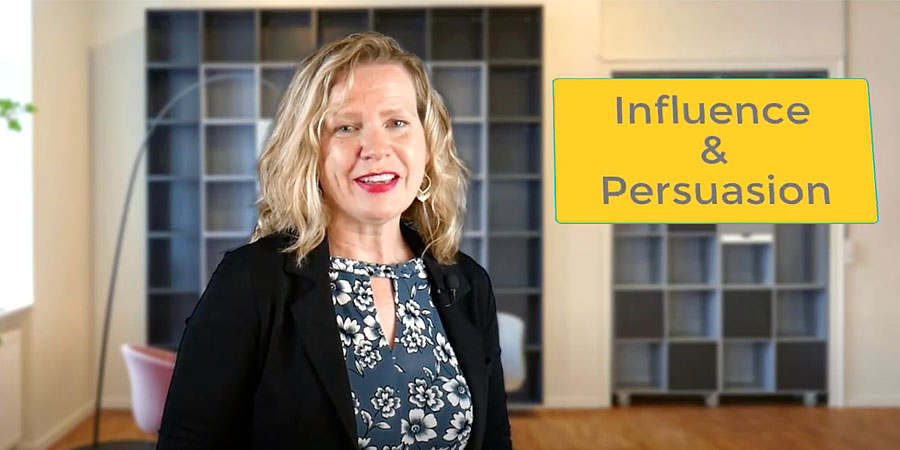
Professional services firms and associations create marketing content and sales content to reach their goals. Marketing content builds credibility while sales content persuades and asks for new business. When should you use marketing content? When should you focus on sales content?
Communications Consultant Christine Nelson gives examples of marketing content and sales content in this video. You need both types of content, but learn why marketing and sales content are not the same thing!
If you prefer to read this content, the video transcript is below.
What is the difference between marketing content and sales content? It is sometimes confusing to tell the difference, but there is a difference.
Marketing content is written to educate and interest your potential clients. It should offer a glimpse of your knowledge, your approach, and even your firm’s personality. You will see marketing content in blog posts and social posts, on your website’s homepage, and as part of your public relations.
When should you use marketing content? You should educate and engage your audience with marketing content when they are new visitors and as they begin to consider becoming a client or a member. Sales content, on the other hand, is about influence and persuasion. It’s written in a way to get your potential clients to take action. Sales content should share the features and benefits of working with your firm or association and then ask for a conversation, a download, or attendance.
Persuasive sales content is for prospects that are deeper into their consideration. It can be in the form of sales sheets that discuss the features and benefits of your service or an assessment for a nominal fee. While marketing content establishes your credibility, sales content gets specific about your desire to work with new clients and why you are the best option.
Often marketing content and sales content work together, especially when you can’t talk to your leads in person. For example, a blog post can educate a visitor about new legislation, but at the end of the blog post you can include some sales content to invite the visitor to have a conversation or to explore your services further through an assessment. After you host marketing events such as a seminar, your sales content could be the carefully-written emails that encourage a conversation with your team.
As you can see, marketing and sales content should work together, but they aren’t the same. If you have questions about how to create the right balance between marketing and sales content, contact us at Ingenuity.
Here is an example of branding messages woven into an ad campaign for credibility and prospecting.





